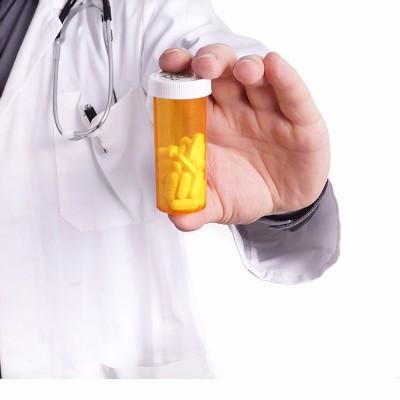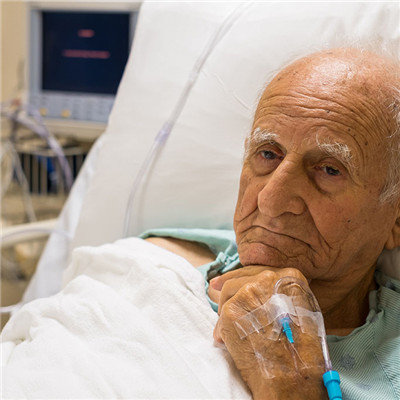What are the precautions of tourniquet hemostasis
summary
Once when I had nothing to do, I reported to the emergency medical class with my friends to prevent the occurrence of emergencies. Once the tutor talked about several methods of hemostasis, which are quite useful. Today let me talk about the precautions of tourniquet hemostasis.
What are the precautions of tourniquet hemostasis
First: the tourniquet should not be directly ligated on the skin, it should be made into a flat pad with a triangular towel, towel or clothes, etc. The tourniquet should be ligated near the wound. The upper limb should be ligated in the upper third of the upper arm to avoid ligation below the middle third to prevent radial nerve injury. The lower limb should be ligated in the middle of the thigh. The tourniquet is also ligated near the wound, which is conducive to the maximum preservation of the limb.
Second, the tourniquet should be moderate to stop bleeding or the disappearance of distal arterial pulsation. Too tight can cause local nerve, blood vessels, muscle and other tissue damage, too loose often only oppress the vein, so that the venous blood flow is blocked, and the arterial blood flow is not blocked, resulting in arterial bleeding and no venous return, but makes the effective circulating blood volume more reduced, leading to shock or aggravating shock, and even life-threatening.
Third: the time of ligation of tourniquet should not exceed 2-3 hours, and the tourniquet should be released every 40-50 minutes to temporarily restore the blood supply of distal limbs. At this time, if there is bleeding, still use finger pressure hemostasis. After 2-3 minutes of release, the tourniquet was ligated again at a position slightly lower than the original ligation position. If there is still massive bleeding or the limb has no preservation value, it is unnecessary to release the tourniquet during transportation to avoid aggravating shock.
matters needing attention
In the absence of medical knowledge or medical knowledge, try not to treat the wound without authorization. If necessary, go to the local hospital in time for prevention and treatment. At the same time, avoid squeezing the wound.










